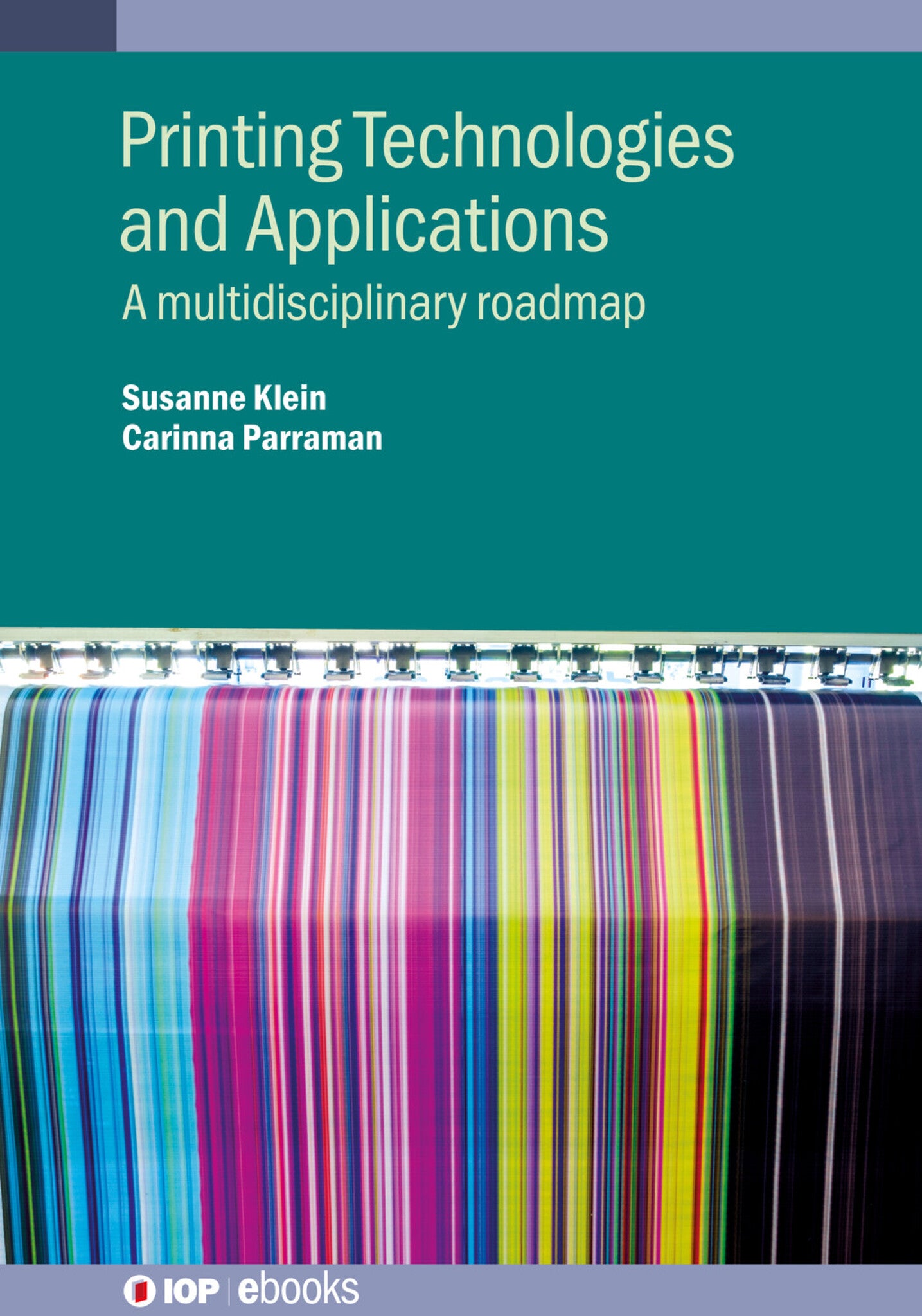We're sorry. An error has occurred
Please cancel or retry.
Printing Technologies and Applications

Some error occured while loading the Quick View. Please close the Quick View and try reloading the page.
Couldn't load pickup availability
- Format:
-
18 October 2024

Print is all around us and plays a vital role in our lives. It provides the means to communicate messages cheaply and with impact. It is an important vehicle for advertising, education, entertainment, information and plays a substantial role in modern manufacturing. Even though it is still mostly done on paper, print is applied to all kinds of substrates, from silk to steel, plastic to glass. In the book the interactions between printing method, ink and substrate surface will be discussed in order to achieve optimal results and durability.
Print, its history and influence are described. In addition, different printing methods are explored. Finally, the scientific foundations of ink-making and printing are elucidated.
Key Features
- Offers an overview of important printing methods and their applications.
- Puts printing in an artistic and industrial context.
- Provides enough technical detail for the reader to decide whether a certain printing method could find an application in their field.
- Provides enough technical information to allow the reader to try out a printing method as a low-cost feasibility test.
- Includes comprehensive bibliography to allow the reader to find more technical literature easily.

TECHNOLOGY & ENGINEERING / Optics, Technology: general issues

Part 1. Fundamentals of printing
1.1 What is printing?
1.2 What is a print?
1.3 Different printing technologies
1.4 What is the future of printing?
Part 2. Printing on different substrates
2.1 Printing on paper, from art to industrial scale, from toilet paper to money
2.2 Printing on ceramics and metal, from tableware to tiles
2.3 Printing on plastic
2.4 Printing on textiles
Part 3. The physics and chemistry of printing
3.1. The physics of the transfer of ink to the substrate
3.2. The drying of ink on different substrates
3.3 Different formulations for different inks
3.4 Rheology of inks
3.5 The influence of the substrate, printing method and pigment choice on the appearance of the print



